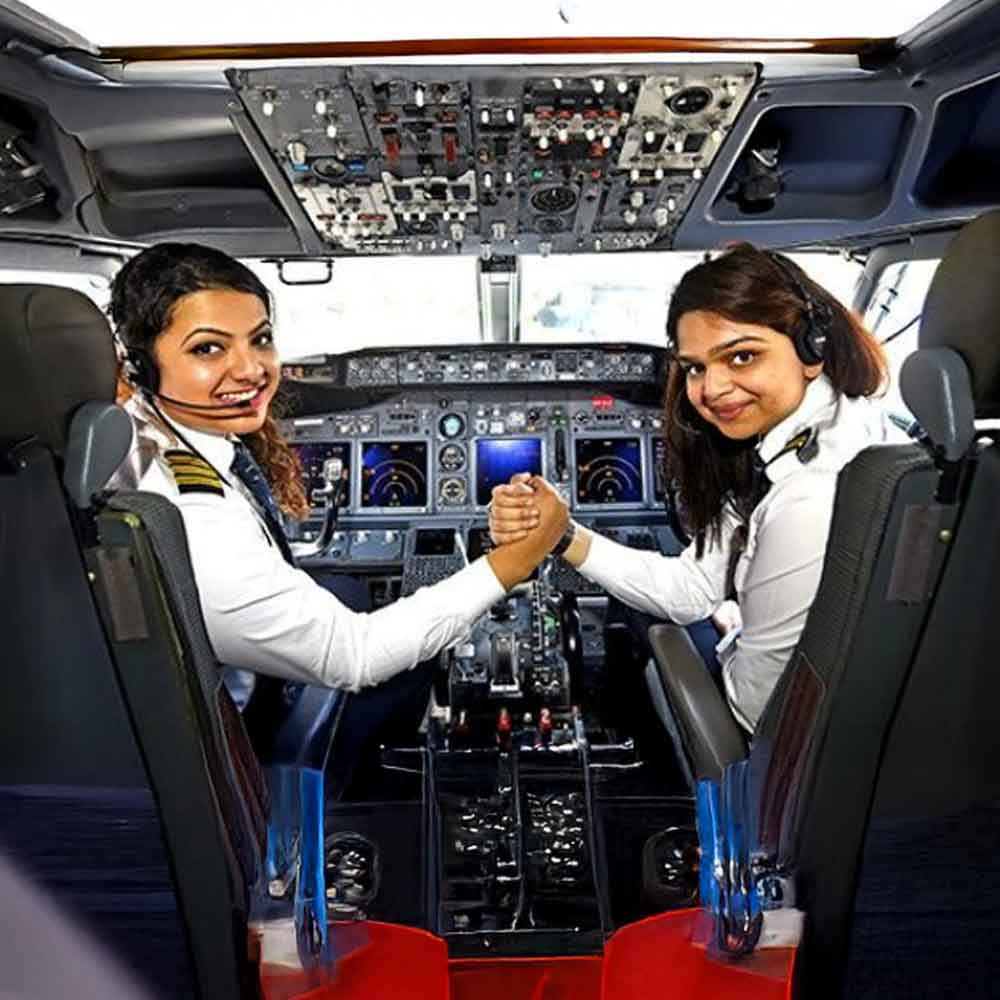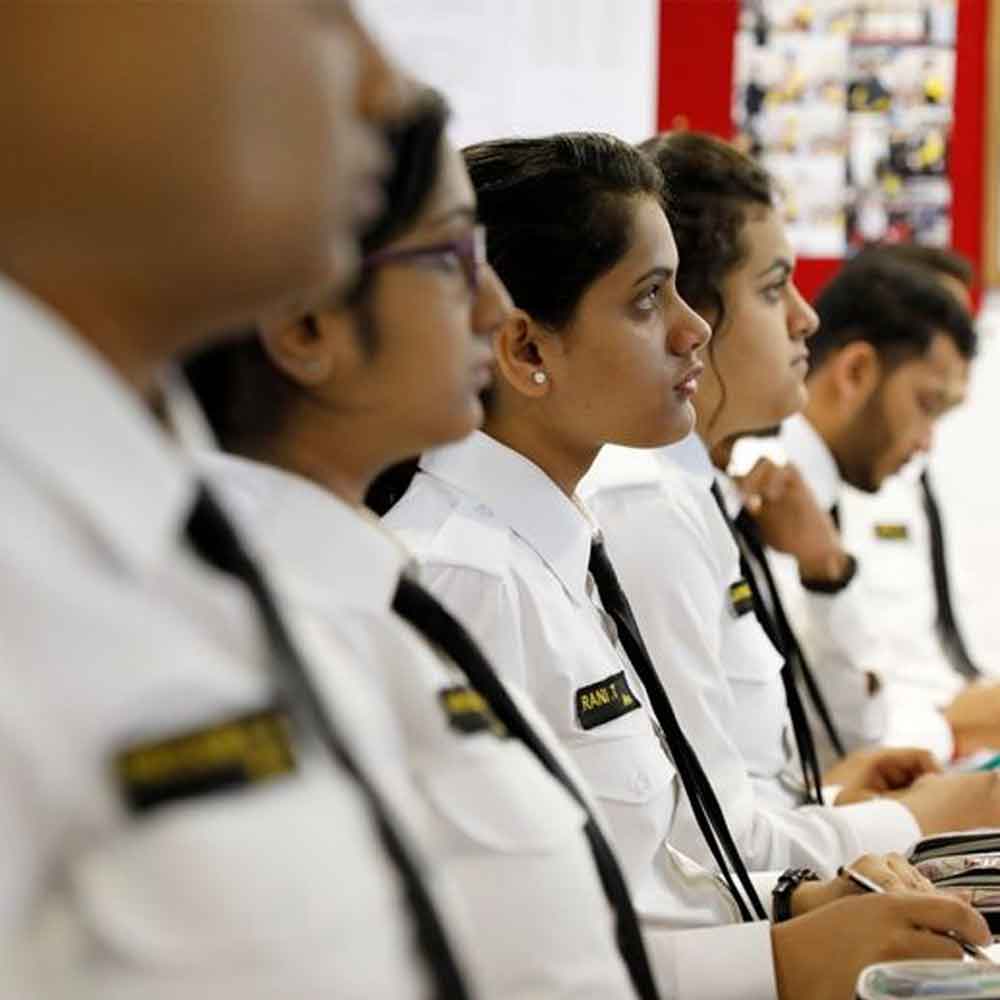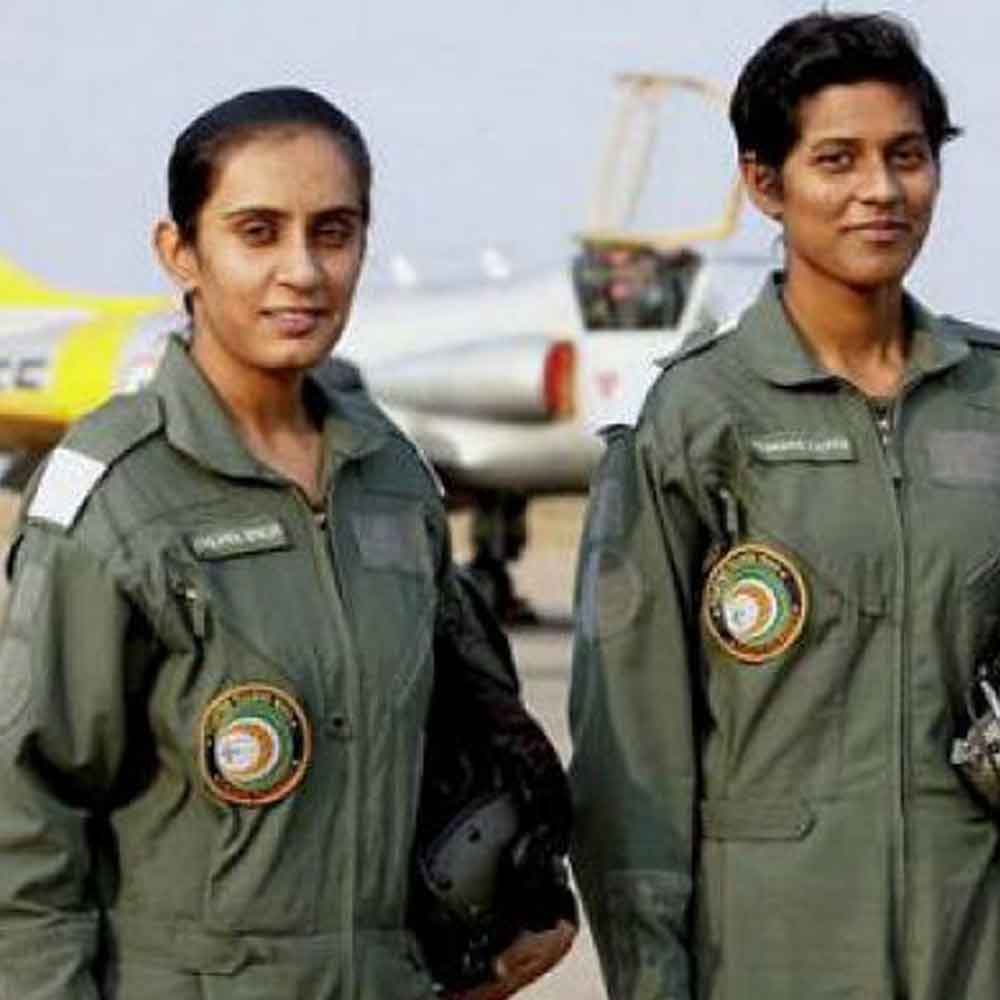According to the Directorate General of Civil Aviation (DGCA), women make up 15 per cent of India's pilots, more than in any other country, highlighting global leadership in women’s representation in aviation. It contrasts sharply with the 5-6 per cent global norm, which highlights India's progress in promoting diversity in aviation.
This accomplishment is more than just a statistic; it is evidence of the brilliance, tenacity, and will of Indian women who have continuously defied social expectations and career prejudices. India was placed first for gender equality in the cockpit in a 2021 report by the International Society of Women Airline Pilots, followed by South Africa (9.8 per cent), Australia (7.5 per cent), and Ireland (9.9 per cent).

Out of 26,539 certified pilots, 1,767 are female pilots in India's aviation profession. The largest airline in India, IndiGo, has the most female pilots (791), accounting for 15.28 per cent of its overall pilot staff. With 17.36 per cent of its pilots being female, Alliance Air has the highest proportional representation. Significant numbers are also reported by airlines such as SpiceJet and Air India, which have 16.39 per cent and 15.62 per cent female pilots, respectively. This improvement demonstrates not only individual successes but also institutional measures to support women in aviation.

Aircraft maintenance has the lowest percentage of women in technical aviation professions worldwide, at about 3.0 per cent in 2021 and 2.6 per cent in 2024. According to the International Civil Aviation Organisation (ICAO), the percentage of women in licensed technical aviation positions (such as pilots, air traffic controllers, and maintenance technicians) increased from 4.5 per cent in 2016 to 5.1 per cent in 2021.
The first-ever all-female group of 33 maintenance technicians was just onboarded by IndiGo. This effort is a major step forward in increasing participation and establishing equal opportunities in technical roles across aviation, representing a milestone in its Diversity, Equity, and Inclusion (DEI) journey. In order to prepare them to contribute to the airline's growth path, the new group of all-women technicians just completed a week-long induction program that included motivational talks by top executives and moving growth tales from seasoned female engineers.

According to studies, female pilots tend to operate airplanes more safely and have lower crash rates than their male colleagues. They excel in high-pressure situations because of their empathy, active listening, and multitasking abilities.
Notwithstanding these successes, difficulties still exist. Social pressures, a dearth of mentorship opportunities, and a lack of representation in leadership positions are common challenges faced by women in aviation. In order to build on India's achievements, the sector has to:
• Increase the number of mentorship initiatives tailored to women.
• Encourage women to hold executive roles in the aviation industry.
• Support campaigns for education and awareness to help combat gender biases and stereotypes.
In the battle for gender equality, India's aviation sector is reaching unprecedented heights. This accomplishment serves as evidence of what may be accomplished when opportunity and talent align. As we commemorate this achievement, let's not forget that real progress requires maintaining and growing these initiatives in all sectors.
Image source: Deccan Chronicle, The Wire, News Bharati